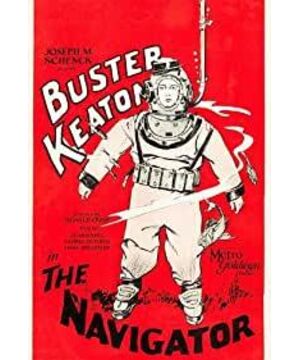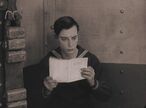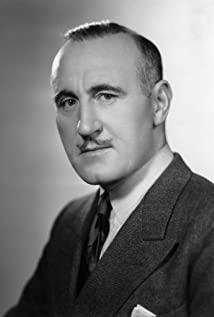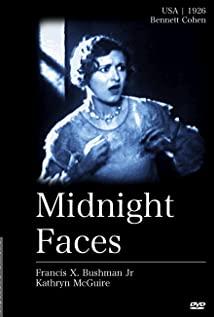jcCTVA 310
Tim Halloran
27 September 2017
A Short Review of “Sherlock Jr.” and “The Navigator”
On September 21st, 2017 at 7 PM, I watched two remarkable films, namely “Sherlock Jr.,” and “The Navigator.” They were mainly produced, acted, and directed by the same person, Buster Keaton in 1924. These two films are typical examples of Buster Keaton's featured style, a romantic, comedic silent film with a happy ending. The setting of mise en scene and the storytelling skills that Buster Keaton used are forward and experimental.
“Sherlock Jr.” and “The Navigator” are romantic silent films and their characters share similar goals, chasing the love of their life. In detail, Buster Keaton in "Sherlock Jr." acts as a poor theatre worker who has to compete with a rival in love (a thief) and try to engage with a woman. At the end of the film, the theatre worker gets back together with the woman even though he was framed by his rival and asked to leave the woman alone. In " The Navigator," Keaton acts as Rollo Treadway, a man who goes on a honeymoon alone after failing to marry his dream wife. However, Rollo inadvertently meets a woman on a ship and they embark on a risky journey, but Rollo gets a kiss from the woman at the end. "Sherlock Jr." and "The Navigator" both end in happiness: the protagonist gets together with the love of his life.
Although these two features have a different story setting and character backgrounds, their main roles still play similar characters. For instance, Rollo Treadway in "The Navigator" is an honorable man who was born in a first-class family, whereas the theatre worker in "Sherlock Jr." is poor and debased. They live in a different world but share similar personalities. They never laugh, but they are sincere and both have a warm heart. Nonetheless, they are not good at putting their ideas across and pleasing others ; these protagonists in different classes still share similar characteristics: they are both unsmiling and inarticulate, but sincere.
The most remarkable scene that Keaton directed is the dream scene in "Sherlock. Jr." The scene takes place at a classical theatre, which is on a movie screen stage. These dream sequences wherein the theatre worker walks in or out of the movie screen were very dramatic; the continuity of editing was also an excellent arrangement and the actions were perfectly matched.
Overall, "Sherlock Jr. " and "The Navigator" are typical examples of Buster Keaton's featured style, brought forward in both films. Before I took part in the retrospective of "Sherlock Jr. ", I had seen some of Keaton's feature films, namely "The Saphead," "Three Ages," "Our Hospitality" and several of his short films. However, the night of September 21st, 2017 became my best silent film experience. I love the feature of "Sherlock Jr." Furthermore, the retrospective of Buster Keaton's features also made me one of Buster Keaton's enthusiasts.
View more about The Navigator reviews











